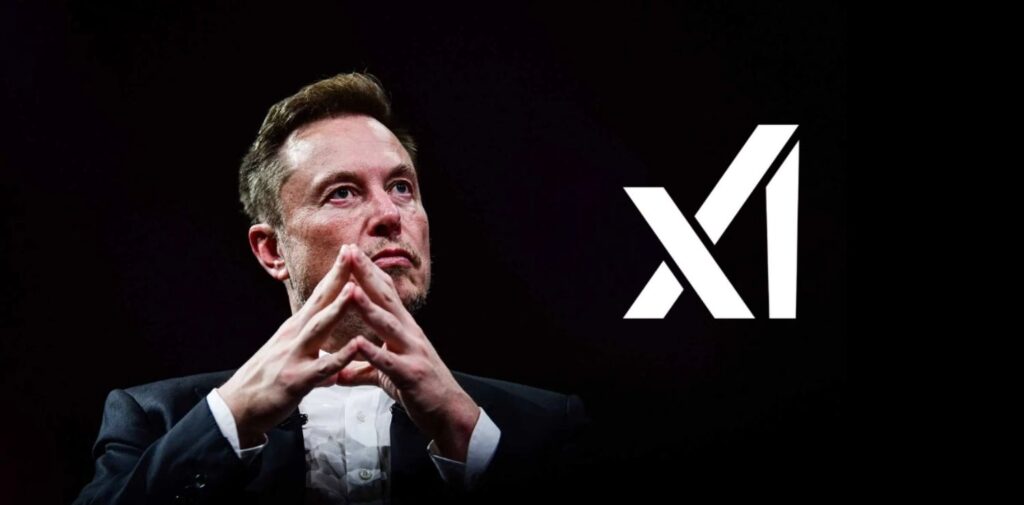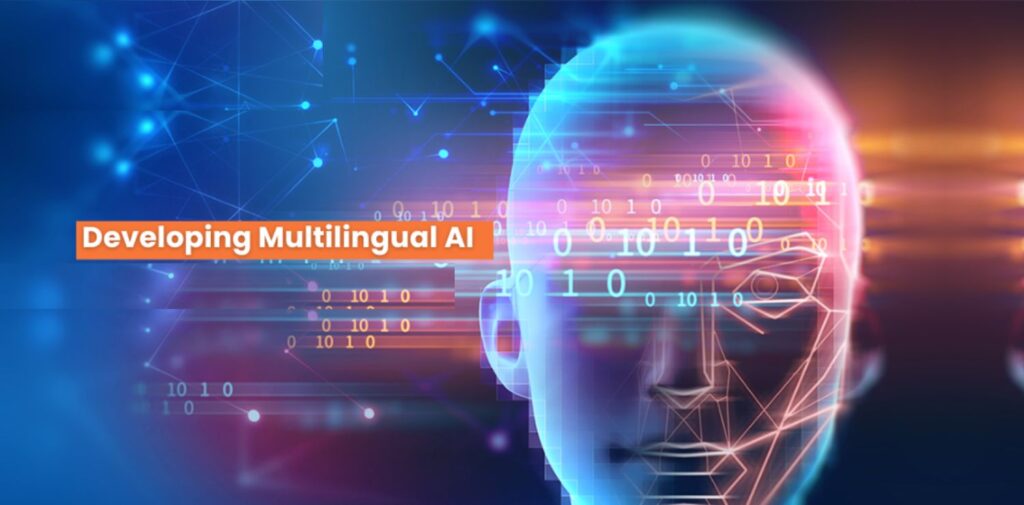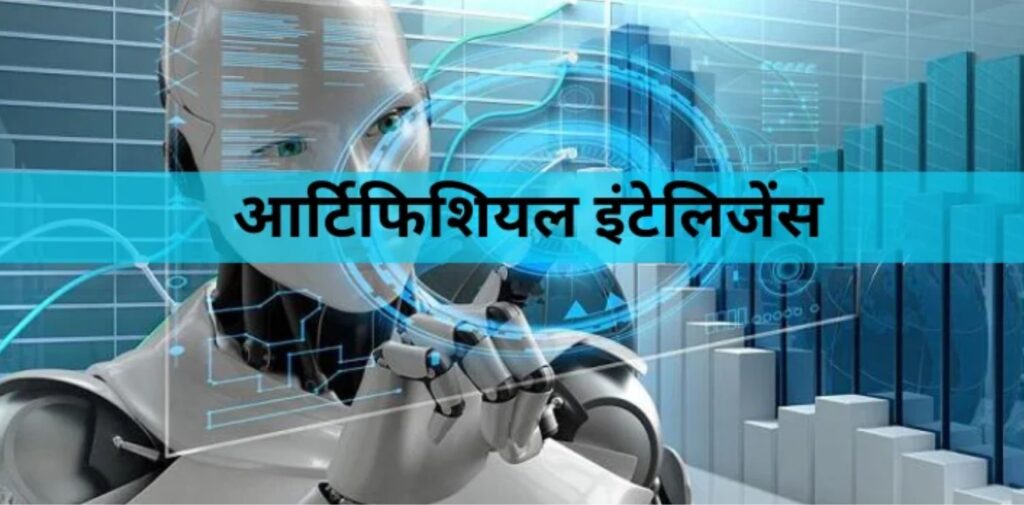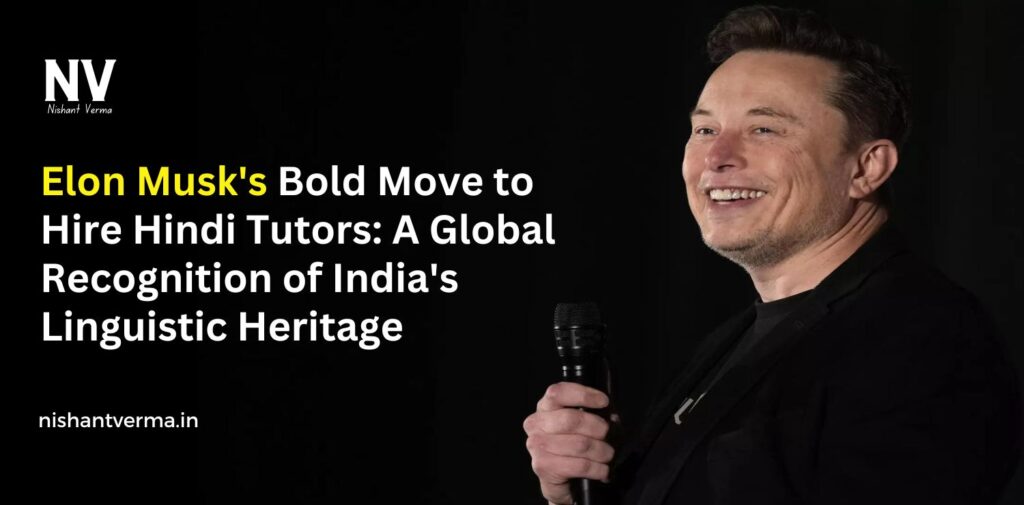In an unexpected twist, tech mogul Elon Musk is now seeking Hindi tutors for his new AI venture, XAI. The move has sparked much curiosity and debate, especially in a country where many, particularly among the youth, feel a sense of embarrassment or inferiority about speaking Hindi. This shift could be seen as a powerful endorsement of not just the language but also India’s cultural and technological prowess. Musk, often seen as a visionary, seems to understand something that many Indians themselves have forgotten: that the richness of their native language is not just a relic of the past but an integral part of a global future.
As more and more tech giants, from Google to Microsoft, incorporate multilingual capabilities into their artificial intelligence, Musk’s push to integrate Hindi into XAI’s framework stands out. But it also raises profound questions about how languages—especially one as historically and culturally significant as Hindi—are viewed in today’s rapidly changing, globalized world. Is this the beginning of a renaissance for Hindi, or will it be another short-lived trend?
The Job That Has Indians Talking
In recent weeks, Elon Musk’s company XAI, which is focused on developing cutting-edge AI technologies, made headlines for posting job openings seeking Hindi tutors. But this wasn’t just a random hiring spree. Musk and his team are looking for individuals who can help the AI systems understand and process Hindi with native-level fluency. This would enhance XAI’s ability to engage with millions of Hindi speakers worldwide, making it not just a technology for the West but for the global South as well. According to reports, the role offers an impressive salary of Rs 5,400 per hour, a highly competitive rate for tutoring positions, making this opportunity particularly enticing.
The job description states that tutors will be required to assist in the development of AI models that can understand and generate Hindi, including its intricate grammar, syntax, and contextual nuances. This shows Musk’s commitment to making his AI tools inclusive and capable of interacting with diverse linguistic communities. For Hindi-speaking individuals, this signals a powerful moment of validation—a recognition of the importance and relevance of their language in the future of technology.

India and the Struggle with Its Own Language
Despite the fact that Hindi is the most spoken language in India, with over 600 million speakers, there is a curious paradox at play. In India’s urban centers, especially among the younger, educated populations, speaking Hindi often carries a stigma. It is sometimes associated with a lack of sophistication, less educated backgrounds, or an outdated worldview. The growing influence of English as the language of business, education, and global interaction has led many Indians to feel ashamed of their native tongue. English is often seen as a symbol of progress, while Hindi—despite being a national language—is often relegated to being the language of rural or less “cosmopolitan” spaces.
This is not just a sociolinguistic phenomenon. It also ties into a larger cultural narrative, where language becomes intertwined with one’s social status, education, and aspirations. The preference for English in India is a reflection of the country’s post-colonial mindset—an attempt to align oneself with the West, with modernity, with success. However, this preference comes at the cost of diminishing the significance of Hindi, which is often dismissed as “regional” or “less prestigious.”
But now, with Elon Musk’s move, there seems to be a tectonic shift in this paradigm. By acknowledging the importance of Hindi in the AI field, Musk is opening the door for the world to see the language as a valuable tool for innovation, not just a marker of one’s socio-economic background. Musk’s hiring spree may very well be a catalyst for reversing this trend in India, giving Hindi the global stature it deserves.
The Importance of Multilingual AI in a Globalized World
The need for multilingual capabilities in artificial intelligence is not just a niche issue—it’s a matter of global relevance. As AI systems become integral to everything from customer service and healthcare to education and entertainment, they need to be able to communicate in the languages spoken by diverse populations. If AI is to serve humanity at large, it must be inclusive. The language barrier is one of the biggest challenges in ensuring that people from different cultures and backgrounds have equal access to technology.
India, with its linguistic diversity, stands to benefit greatly from this shift. There are over 22 official languages in India, and over 450 languages spoken across the country. Hindi, as the most widely spoken language, has the potential to bridge a significant gap in the AI space, but only if it is treated with the same level of respect as other major world languages like English, Spanish, or Mandarin. By hiring Hindi tutors, Musk is sending a strong message that Hindi is not just a local dialect—it is a global language in the making.
Furthermore, India’s role as a tech hub cannot be overstated. The country has become one of the top outsourcing destinations for AI and IT services, and many global tech companies now have R&D centers in India. In this context, incorporating Hindi into AI systems could open up new avenues for collaboration, both within the country and with Hindi-speaking populations across the world.

Reclaiming Hindi: The Cultural Significance
Musk’s move to include Hindi in AI development is also symbolic of a larger shift towards reclaiming the cultural significance of native languages. In the age of globalization, where English is dominant, many languages face the risk of extinction or relegation to second-class status. The rise of AI presents an opportunity to revive and preserve these languages, not just as cultural artifacts, but as living, evolving tools for communication and creativity.
For India, this is particularly poignant. Hindi, along with its rich literary tradition, has been a crucial part of India’s history. From the works of poets like Surdas and Mirza Ghalib to the modern-day contributions of authors like Premchand and Vikram Seth, Hindi has played a central role in shaping the cultural and intellectual fabric of the nation. If Hindi is embraced within AI, it could pave the way for a resurgence of interest in Hindi literature, music, and cinema.
Moreover, Musk’s initiative may inspire a new generation of Indians to embrace their language with pride. For the youth, who often view English as the gateway to success, this could be a moment of reflection—a reminder that the value of one’s native language is not to be underestimated. Hindi is not just a mode of communication; it is an identity, a bridge to India’s past, and a tool for its future.
Looking Ahead: The Future of Hindi in AI and Beyond
The future of Hindi in AI is bright, but it will require more than just individual initiatives like Musk’s. India’s educational and technological infrastructure needs to adapt to this global shift. There needs to be a concerted effort to train more linguists, AI experts, and coders who are fluent in Hindi, and who can help shape the future of Hindi in the digital age.
Moreover, there is a growing need for AI systems to understand the cultural nuances and idiomatic expressions that make Hindi unique. This is not a simple task; it requires deep learning models that can recognize not just the vocabulary but the emotional and contextual weight behind words and phrases.
In the years to come, we may see AI systems that are not just fluent in Hindi but are capable of understanding the nuances of Indian society, history, and culture. This would not only be a victory for Hindi speakers but for the millions of people around the world who speak languages that are underrepresented in the global tech conversation.

Conclusion: A Turning Point for Hindi and India’s Technological Future – Elon Musk
Elon Musk’s hiring of Hindi tutors is more than just a business decision. It is a recognition of the potential of Hindi as a language that can drive innovation and inclusion in the digital age. It is a powerful moment for India and for the millions of Hindi speakers who have often felt that their language was left behind in the rush toward English. Musk’s vision could usher in a new era, where Hindi is not just the language of India, but the language of global AI, helping to shape the future of technology, culture, and communication.
In reclaiming Hindi, India may not only strengthen its cultural identity but also pave the way for a more inclusive and equitable global digital ecosystem. Hindi’s rise in the AI world is a testament to the importance of preserving and promoting one’s heritage, even in an age where technology seems to be driving the world forward in English.
As Musk’s XAI seeks to build more multilingual models, it could very well become a turning point for how we view language, identity, and innovation in the future. Perhaps, just as the world has embraced English as a universal language, Hindi too will find its place at the digital table, making its mark in the world of artificial intelligence. And for that, the tech world—and India—has much to be proud of.




